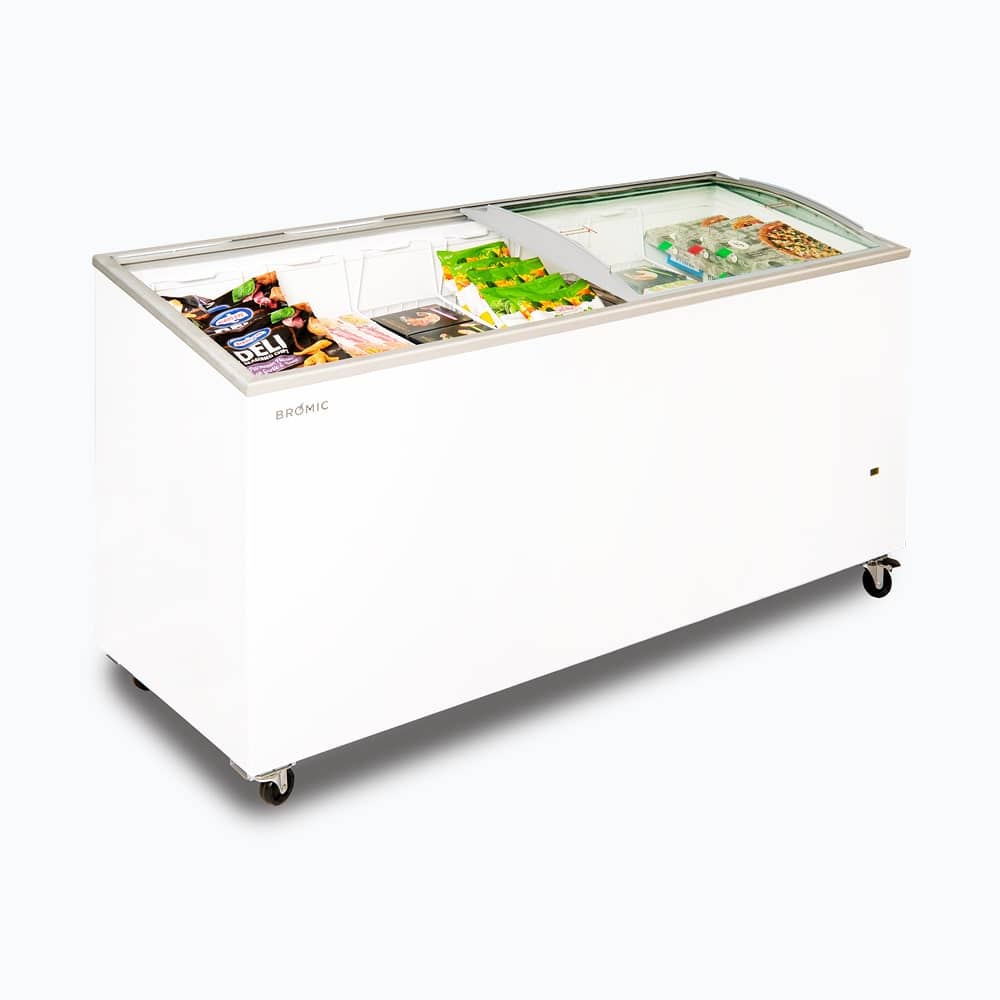
How to Choose Right Commercial Chest Freezers for your Commercial Kitchen?
Why Choose a Commercial Chest Freezer?
Commercial chest freezers are essential for businesses that require reliable and high-capacity cold storage. They are designed to be energy-efficient, durable, and perfect for Australian conditions.
- Large Storage Capacity: Ideal for bulk storage.
- Energy Efficiency: Minimizes electricity consumption with effective insulation.
- Durability: Designed for frequent use in commercial environments.
💡 Pro Tip: Explore our range of commercial chest freezers for models suited to Australian summers.
10 Common Questions About Commercial Chest Freezers
1. Why do deep freezer units in shops often not have lids?
Open-top freezers use a “cold air curtain” to retain cool air, allowing customers to easily browse products while minimizing temperature loss.
2. Is an upright freezer a deep freezer?
Not always. Upright freezers are for easy access, while chest freezers are optimized for long-term storage and energy efficiency.
3. Does a chest freezer need a dedicated outlet?
Yes, always plug a chest freezer into a dedicated electrical outlet to prevent circuit overload.
4. How long will a deep freezer last?
With proper maintenance, a commercial chest freezer can last 10–20 years.
5. Can we put things on top of a freezer?
Yes, but avoid heavy items or anything that might obstruct ventilation.
6. Does a freezer use more electricity than a fridge?
Yes, because freezers maintain much lower temperatures. Chest freezers, however, are more energy-efficient than upright models.
7. How long will a chest freezer stay cold during a power outage?
When unopened, chest freezers can keep food frozen for up to 48 hours. Use insulated blankets for extra protection.
8. Can you put a deep freezer on a power strip?
No. Always connect a freezer directly to a wall outlet for safety and optimal performance.
9. Is it OK to run a freezer empty?
Running an empty freezer is less efficient. Add water bottles to stabilize the internal temperature if understocked.
How to Maintain Your Chest Freezer
1. Regular Cleaning
Clean your freezer every 3 months with mild soap and water. Avoid harsh chemicals that may damage the interior.
2. Defrost When Necessary
If your freezer isn’t frost-free, defrost when the ice buildup exceeds 6mm. Excess frost reduces efficiency.
3. Inspect Seals
Check door seals regularly for damage. Faulty seals allow cold air to escape, increasing energy consumption.
4. Monitor Temperature
Use a thermometer to ensure temperatures stay between -18°C and -20°C for optimal storage conditions.

What to Look for When Buying a Chest Freezer
- Energy Star Ratings: Look for freezers with higher star ratings to save on electricity costs.
- Storage Capacity: Choose a size that meets your business needs without overspending.
- Durability: Opt for models with stainless steel exteriors and strong hinges.
- Additional Features: Lockable lids and interior baskets improve functionality.
Interactive: Calculate Energy Costs
Want to know how much it costs to run a chest freezer? Use this formula:
- Wattage: Find the wattage on the freezer label.
- Usage: Multiply by daily hours of use (typically 8–10 hours).
- Electricity Rate: Multiply by your local electricity rate.
Example: A 200W freezer running 10 hours/day at $0.30/kWh costs:
(200 × 10 ÷ 1000) × $0.30 = $0.60/day
Real Customer Story
“We purchased a commercial chest freezer from KW Commercial, and it’s been a game-changer for our cafe. We’ve saved $500 in energy costs over the year, and the team helped us pick the perfect model!” — Emma, Brisbane
